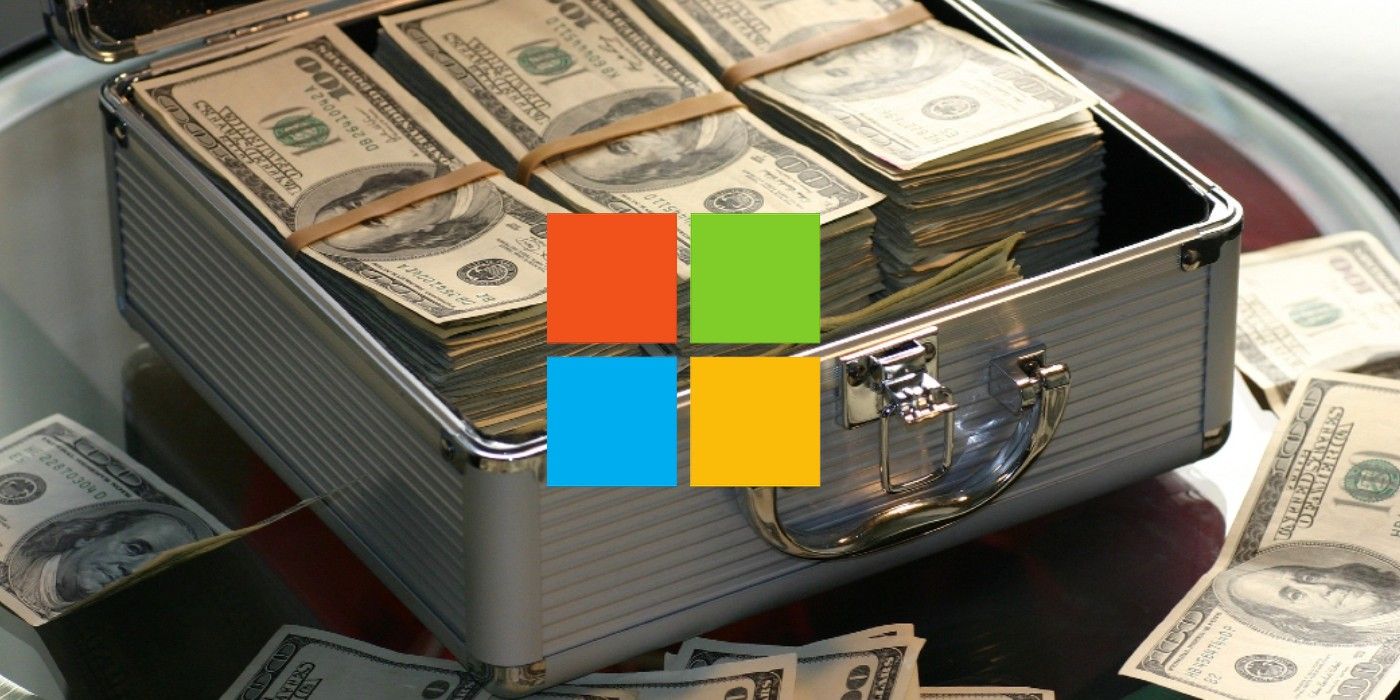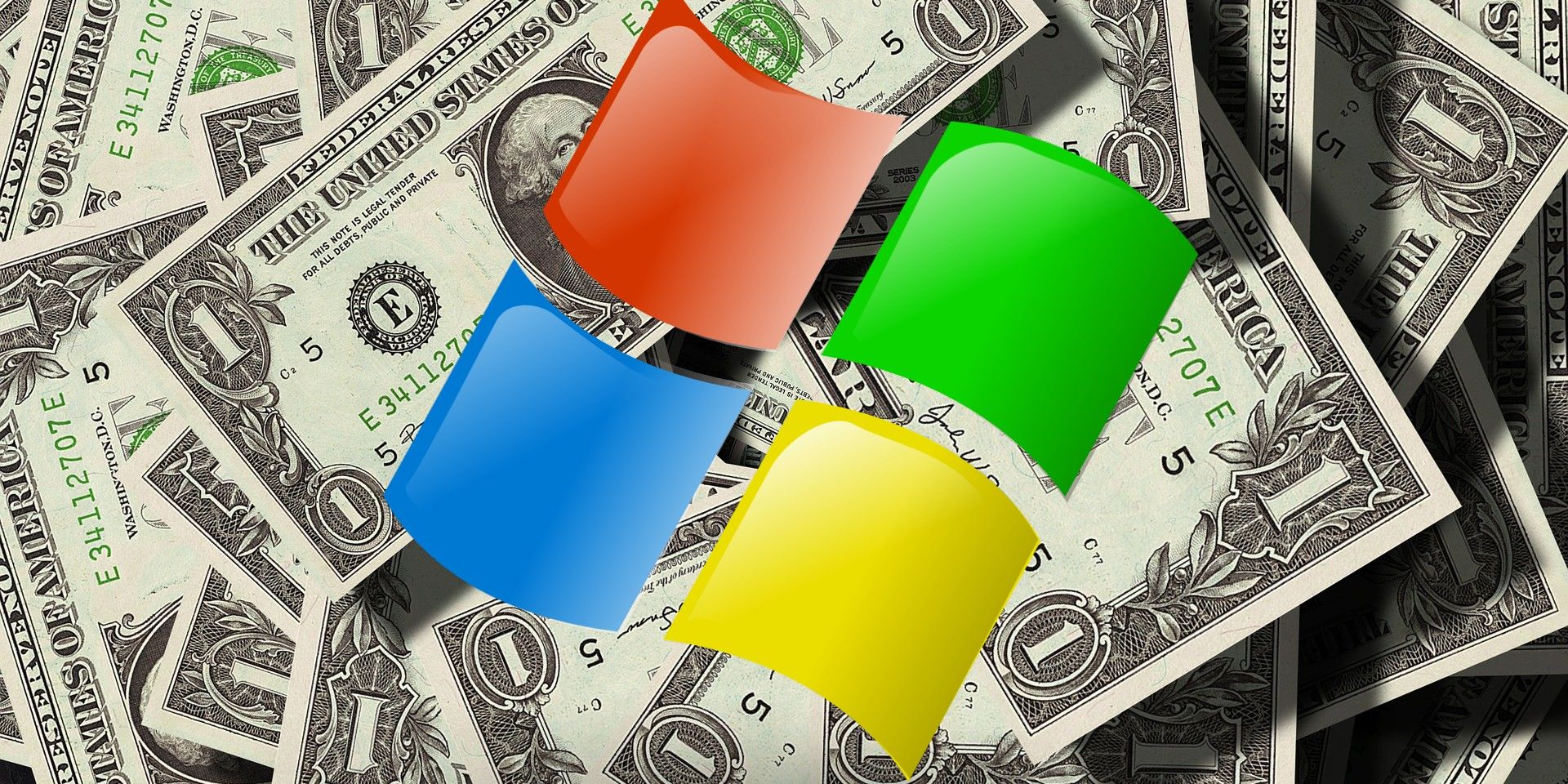
Microsoft has once again begun including advertisements in both their mail and calendar apps that are built into Windows 10. According to official sources, the ads are here to stay and cannot be removed. What's gotten users frustrated about this is that these apps are bundled into Windows 10 – a product that they paid money for. Is this the beginning of mass advertisement in premium software?
This is apparently not the first time Microsoft has attempted integrated ads. The same ads were spotted last year at which time the company claimed they were just an experiment. It would appear that the experiment has ended and ads are now live across all devices. Even though there is currently no way to disable or remove the advertising, Microsoft has suggested that users submit formal feedback on the decision if they want the ads to disappear.
As these are apps that come bundled in with the operating system, many users likely don't have much of a choice as to whether or not they will be exposed to these ads. For example, many workplaces require all employees to use the same software – and Microsoft software is ubiquitous in most office environments. In contrast, if a program that users could choose to install (and that was free) contained ads, this wouldn't be newsworthy at all. Instead, we are seeing advertising being integrated into what is essentially a component of the Windows operating system itself.

In the case of the Microsoft ads, they thankfully aren't very intrusive. They typically appear as a small box on the bottom left of the screen and do not contain images, sounds or animations. One example shared by MSPoweruser shows an ad that says "Get the free Outlook app on your phone." To some people this may not even look like an ad at all – but it is.
Microsoft's main operating system competitor, Apple, has yet to include advertising in any of its products. It stands to reason that Apple knows customers pay a lot of money for their devices and software, and adding advertising on top of that would be tantamount to a slap in the face. Microsoft products and Windows-compatible hardware may be comparably cheaper than Apple products, but they are certainly not free. As such, is it fair to put advertising into products that we paid for already? If Microsoft isn't earning enough money on their software, why don't they just charge more, or find another way to earn a profit?
This kind of embedded advertising that cannot be blocked or avoided in a premium product is simply crossing a line that should not be crossed – even if the ads themselves are comparatively innocuous.
Source: MSPoweruser
from ScreenRant - Feed https://ift.tt/2S93SRR

0 comments:
Post a Comment